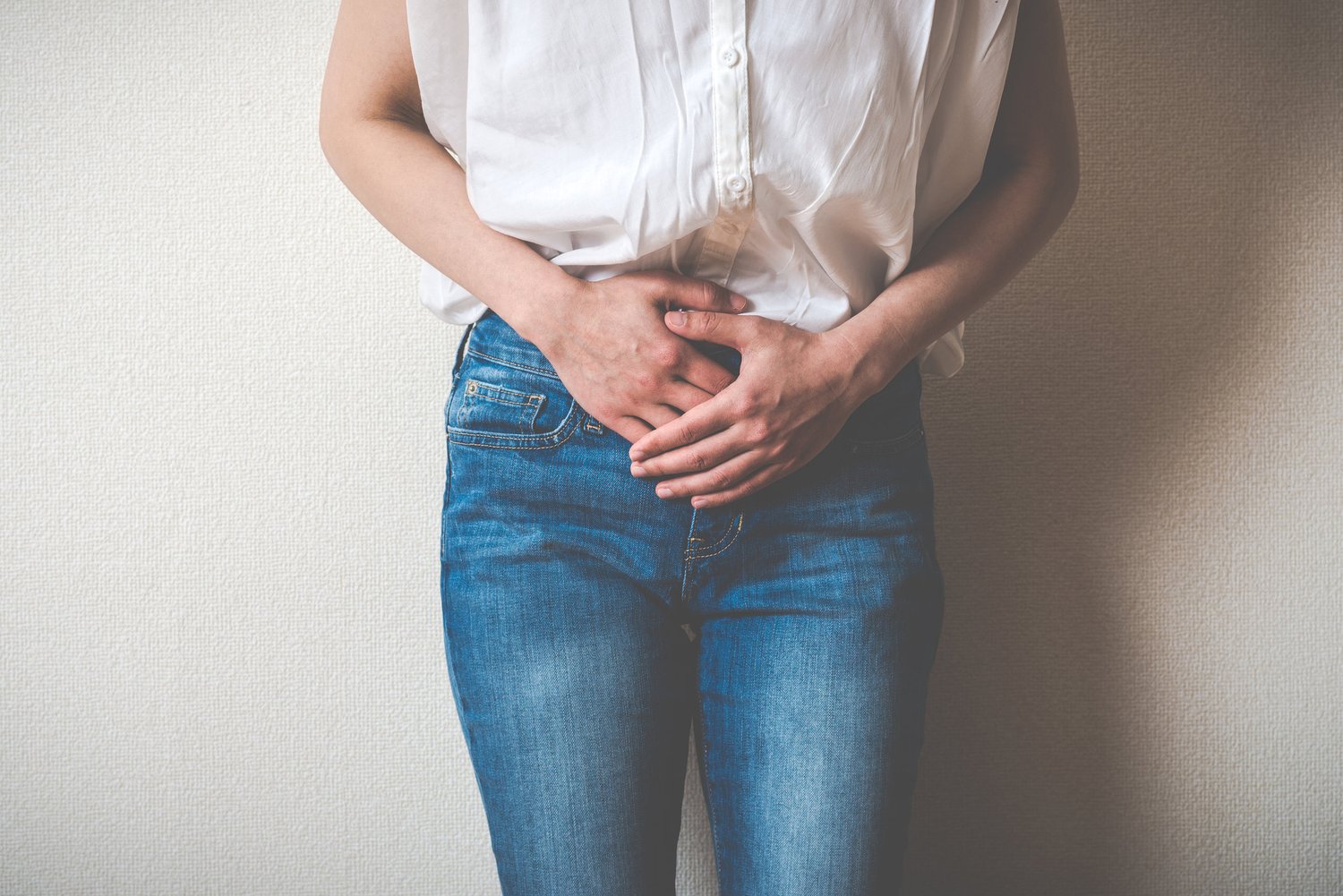The month of September is dedicated to raising worldwide awareness of PCOS. The aim of PCOS Awareness Month is to help improve the lives of those affected by PCOS and to help them to overcome their symptoms as well as prevent and reduce their risks for life-threatening related diseases such as diabetes, cardiovascular disease, nonalcoholic fatty liver disease and cancer.
What is Polycystic Ovary Syndrome?
Polycystic ovary syndrome is a condition that deals with the endocrine and reproductive systems, in which a woman’s ovaries or adrenal glands will produce more male hormones than average.
When functioning normally, the ovaries release an egg each month as part of a healthy menstrual cycle. A woman who has PCOS will not menstruate on a regular cycle because of the higher level of male hormones in the body. This inhibits the development of eggs during the menstrual cycle and causes the egg not to be released during the ovulation phase. This causes missed periods which can lead to infertility or the appearance of cysts (fluid-filled sacs) that grow on the ovaries.
Who’s at Risk for PCOS?
Polycystic ovary system can affect any woman once she enters puberty. Between 5% and 10% of women during their childbearing years, ages 15 to 44, have PCOS. Some might experience symptoms, but most women don’t find out until they are trying to get pregnant and begin to face difficulties.
What Causes Polycystic Ovary Syndrome?
The cause of PCOS is still unknown to medical professionals, but it is known to run in families. If your sister, mother, or aunt has or had PCOS, you have a higher chance of having it yourself.
Being overweight or obese is another critical factor in the development of PCOS. 70% of women with PCOS have insulin resistance, meaning that their cells can’t use insulin properly. Insulin is a hormone that regulates blood sugar and turns food into energy. To overcome this, the body produces more insulin than is necessary and can cause the overproduction of other hormones, like testosterone, which in high quantities, leads to PCOS.
What are the Symptoms of PCOS?
Besides the presence of cysts on the ovaries, your doctor will also check for signs of high androgen (male hormone) levels that can include:
-
Irregular menstrual cycle: Women with PCOS may miss periods or have fewer periods. Some women with PCOS stop having menstrual periods altogether.
-
Body hair: Excess body hair growth is called “hirsutism” and affects the majority of women with PCOS. Women might begin to grow hair on the face, chin, or parts of the body where ordinarily only men grow hair.
-
Less hair on the head: Thinning hair or hair loss on the scalp is a common symptom of PCOS because the excess testosterone causes male pattern baldness.
-
Acne: Women with polycystic ovary syndrome symptoms might begin to break out with acne on the face, chest, and upper back.
-
Weight gain: Many women who have PCOS are overweight or obese and might have trouble losing weight due to the imbalance in their hormones. Some women might see an increase in their weight as a result of polycystic ovary syndrome that they didn’t have before.
-
Changes in skin texture and color: The skin might darken along neck creases, in the groin, and underneath breasts. Also, some women experience the formation of skin tags, which are small excess flaps of skin in the armpits or neck area.
How is PCOS Diagnosed?
Your doctor will give you a pelvic exam using an ultrasound machine so that they can look at your ovaries and your reproductive tract. Blood samples will also be taken to check for high levels of male hormones in the body. Your doctor will also test for cholesterol, insulin, and triglyceride levels to paint a complete picture of your health.
A polycystic ovary syndrome diagnosis is given if a woman experiences 2 of the 3 conditions:
-
high androgen levels
-
irregular menstrual cycles
-
cysts on the ovaries
How is Polycystic Ovary Syndrome Treated?
It’s true that PCOS cannot be cured, but the symptoms can be managed. Here are some tips to help minimize PCOS symptoms:
-
Weight loss. Maintaining a healthy weight is one of the most important things you can do to manage your PCOS. Incorporate healthy eating habits and regular exercise into your routine to relieve PCOS symptoms. Weight loss can help your body use insulin more effectively by lowering your blood glucose levels. This will help balance your hormone levels naturally.
-
Getting rid of unwanted hair. There are many methods out there to remove body hair, including creams, laser hair removal, or electrolysis. Laser hair removal or electrolysis are more permanent solutions, and the procedure must be done by a professional.
-
Hormonal Birth Control. All forms of hormonal birth control can help alleviate symptoms. The pill, patch, shot, vaginal ring, and hormone intrauterine device (IUD) are all options for women who have PCOS and don’t want to get pregnant.
-
Anti-androgen medicines. These medicines can help reduce scalp hair loss, facial and body hair growth, and acne by blocking the effect of male hormones. They should not be taken by women who are pregnant or plan to become pregnant.
-
Metformin. Commonly used to treat type 2 diabetes, Metformin can help with PCOS symptoms. Metformin improves insulin’s ability to lower your blood sugar and can lower both insulin and androgen levels.
Visit MetroPartners OBGYN
Since there are a wide variety of symptoms that can be experienced in varying degrees, PCOS treatments are not one-size-fits-all. Be sure to talk to your doctor about how you can manage your symptoms, your plans for having children, and your risk of long-term health problems. Schedule an appointment today!

